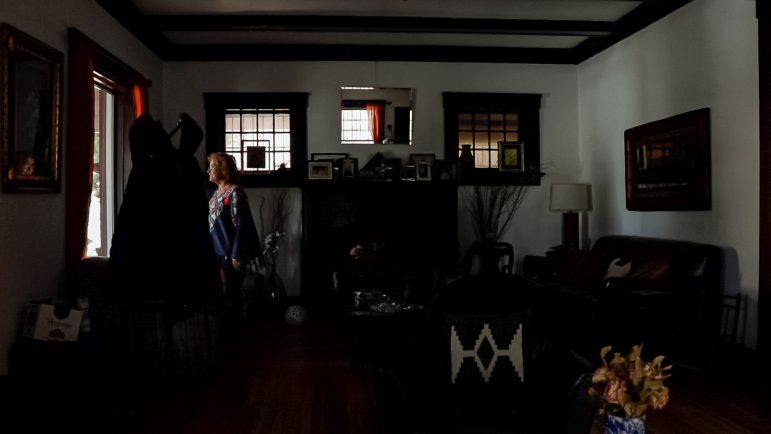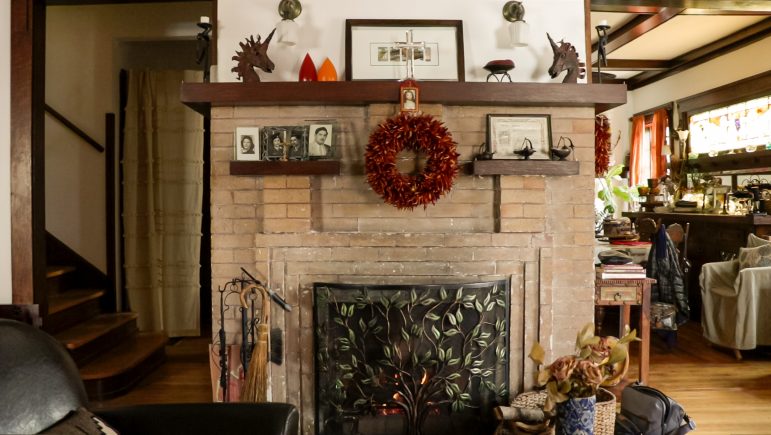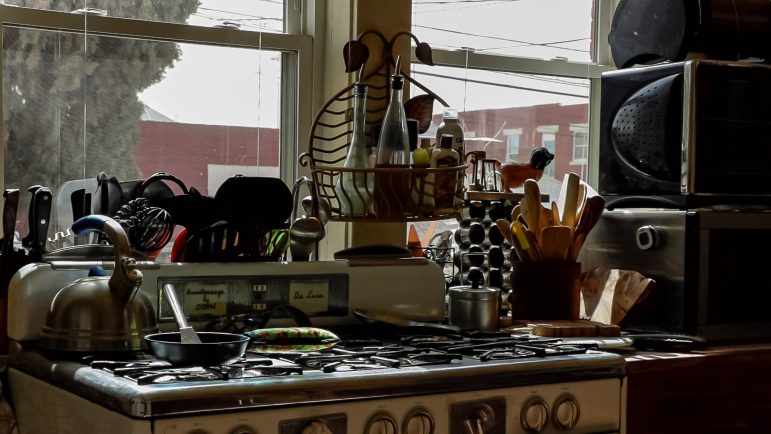When Elizabeth Pimentel was growing up on Montana Avenue in the late 1960’s, the street was filled with family homes and neighbors knew each other.
“I remember taking care of the elderly people’s dog across the street,” Pimentel said.
That house is now an acupuncture studio.
The stately homes between the 1000 to 1500 blocks of Montana Avenue reflect eclectic and classic architectural styles from the late Victorian era through the 19th and early 20th centuries. They were mostly residential until about the 1990s when businesses began buying up the properties, Pimentel said. In 2004, the National Park Service registered the area as a national historic district.
Now, the old homes are occupied by businesses like law firms, a wellness center, accountants and personal assistance services. Some of the houses have been split up into suites with multiple businesses.
Next door to Pimentel is a parking lot for the Law Offices of Juan A. Gonzalez, 1312 Montana. The law office opened in the late 1980s after the house went through foreclosure, according to El Paso’s Central Appraisal District. Pimentel said a house on the lot between the two properties was torn down to make the parking spaces.
El Paso Realtor Gonzalo Varillas said the location is convenient for attorneys.
“The courthouse is right down the street, you know, just go up Montana, make a left, the courthouse is there,” Varillas said.

Elizabeth Pimentel, Montana Avenue homeowner, looks out the large picture windows of her 118-year-old home. She put the window in to watch the yearly Thanksgivings Day parade that goes down the street. Photo by Ethan Thomas, Borderzine.com
Pimentel’s childhood home at 1318 Montana Ave. was originally purchased by her parents in 1957 for secondary income. It served as a boarding house for mostly older residents. Maintaining the business was difficult for Pimental’s mother, who was also raising five children
“It was a big, heavy load,” Pimentel said, “she gave up doing the room and board.”
Pimentel eventually bought the house in 2005 from her mother. She lived abroad for many years and moved back into the house to care for her mother, who lived at home until her death in 2022 at the age of 104.

View of the fireplace in a 118-year-old house on Montana Avenue, where pictures of family dating back almost 100 years are present. Photo by Ethan Thomas, Borderzine.com
The quietness of the suburb, Pimentel said, is the only thing she feels she is missing out on by not living in one of the more suburban areas in El Paso.
Montana Avenue is a major artery for the city, making traffic one of Pimentel’s biggest concerns.
Varillas agrees, explaining that traffic is a factor clients look for when deciding where to buy a home.
“When you want to reside, well, in a house, you want to make sure that you’re in a quiet place,” Varillas said.
Montana Avenue begins in Downtown El Paso and runs eastward concurrent with U.S. 180 until it ends about 40 miles down the road at Hueco Tanks. From there, U.S, 180 continues to Fort Worth.
Along with the traffic, Pimentel thinks money could be a factor that makes potential home owners hesitant to buy in the area. The neighborhood’s original residents were affluent and had the ability to maintain the large homes along the avenue, she said.
Valuations for some of these homes, can be two-to-three times that of properties in more contemporary neighborhoods, Varillas said.
“I saw a house once go for about close to $300 a square foot,” Varillas said.
The National Register of Historic Places recognizes the significance of the architectural styles of the homes that include Queen Anne; Romanesque; Prairie School; Mission Revival; Classical Revival; Colonial Revival; Dutch Colonial; Italian Renaissance Revival; Late Gothic Revival and Spanish Eclectic.
Notably, nine houses within the district were designed by famed architect Henry C. Trost, according to the Trost Society. Trost moved to El Paso in 1903, gaining acclaim for his take on the prairie style which was popular at the time, the National Park Service document says.
The area’s proximity to the main rail line through town brought building materials that were not common in other El Paso houses, according to the National Register of Historic Places. The red brick and columns of these stately homes stood in contrast to the stucco, adobe and wood used in houses in the surrounding areas.

A small pan sits on a well-loved stove in Pimentel’s home on Montana Avenue. Photo by Ethan Thomas, Borderzine.com
Because of its designation as a historic district, structural changes to the facade of any house in the area would threaten its status as a “contributing” building, according to the National Park Service. The National Register of Historic Places designates buildings as either contributing or non-nontributing, based on the integrity of the designs compared to the home during its “period of relevance,”
Pimentel’s home on the document is listed as contributing. She has done her best to keep the outward appearance of the house as historically accurate as possible, even keeping the outside brick the same color, but noted that the improvements she has made on the inside, like renovating the electrical wiring and changing the old metal plumbing to more modern PVC pipes, aren’t cheap.
She said she is also approached “constantly” with offers to buy the house but isn’t interested in selling as long as she can continue to manage the upkeep of her childhood home.

